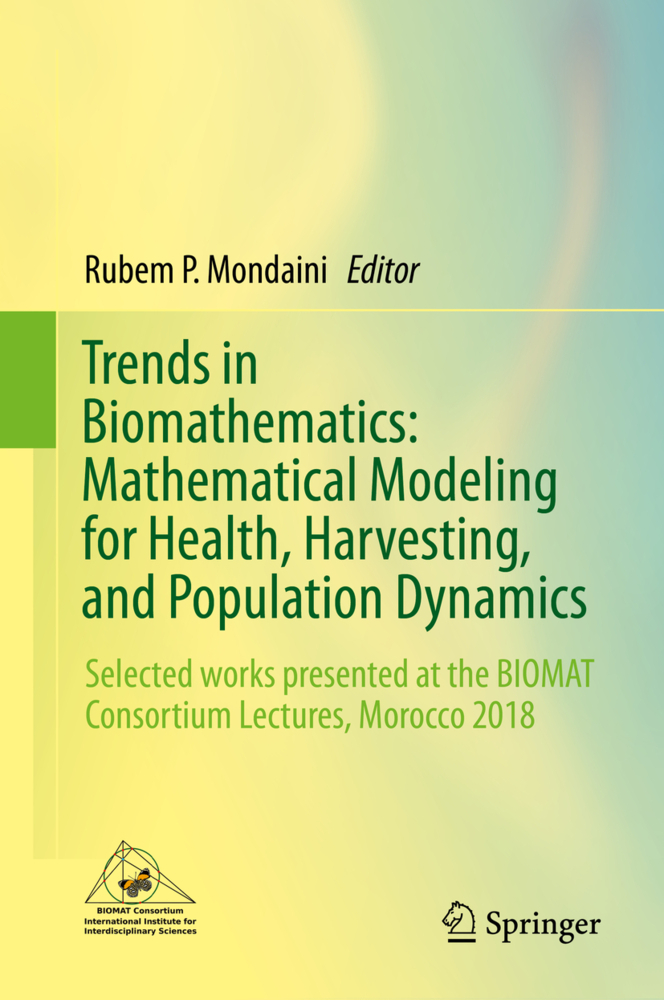Mathematical Structures of Epidemic Systems
Mathematical Structures of Epidemic Systems
The dynamics of infectious diseases represents one of the oldest and ri- est areas of mathematical biology. From the classical work of Hamer (1906) and Ross (1911) to the spate of more modern developments associated with Anderson and May, Dietz, Hethcote, Castillo-Chavez and others, the subject has grown dramatically both in volume and in importance. Given the pace of development, the subject has become more and more di?use, and the need to provide a framework for organizing the diversity of mathematical approaches has become clear. Enzo Capasso, who has been a major contributor to the mathematical theory, has done that in the present volume, providing a system for organizing and analyzing a wide range of models, depending on the str- ture of the interaction matrix. The ?rst class, the quasi-monotone or positive feedback systems, can be analyzed e?ectively through the use of comparison theorems, that is the theory of order-preserving dynamical systems; the s- ond, the skew-symmetrizable systems, rely on Lyapunov methods. Capasso develops the general mathematical theory, and considers a broad range of - amples that can be treated within one or the other framework. In so doing, he has provided the ?rst steps towards the uni?cation of the subject, and made an invaluable contribution to the Lecture Notes in Biomathematics. Simon A. Levin Princeton, January 1993 Author's Preface to Second Printing In the Preface to the First Printing of this volume I wrote: \ . .
Quasimonotone systems. Positive feedback systems. Cooperative systems
Spatial heterogeneity
Age structure
Optimization problems.
Linear models
Strongly nonlinear modelsQuasimonotone systems. Positive feedback systems. Cooperative systems
Spatial heterogeneity
Age structure
Optimization problems.
Capasso, Vincenzo
| ISBN | 978-3-540-56526-0 |
|---|---|
| Artikelnummer | 9783540565260 |
| Medientyp | Buch |
| Auflage | 1993 |
| Copyrightjahr | 1993 |
| Verlag | Springer, Berlin |
| Umfang | XVI, 283 Seiten |
| Abbildungen | XVI, 283 p. |
| Sprache | Englisch |











